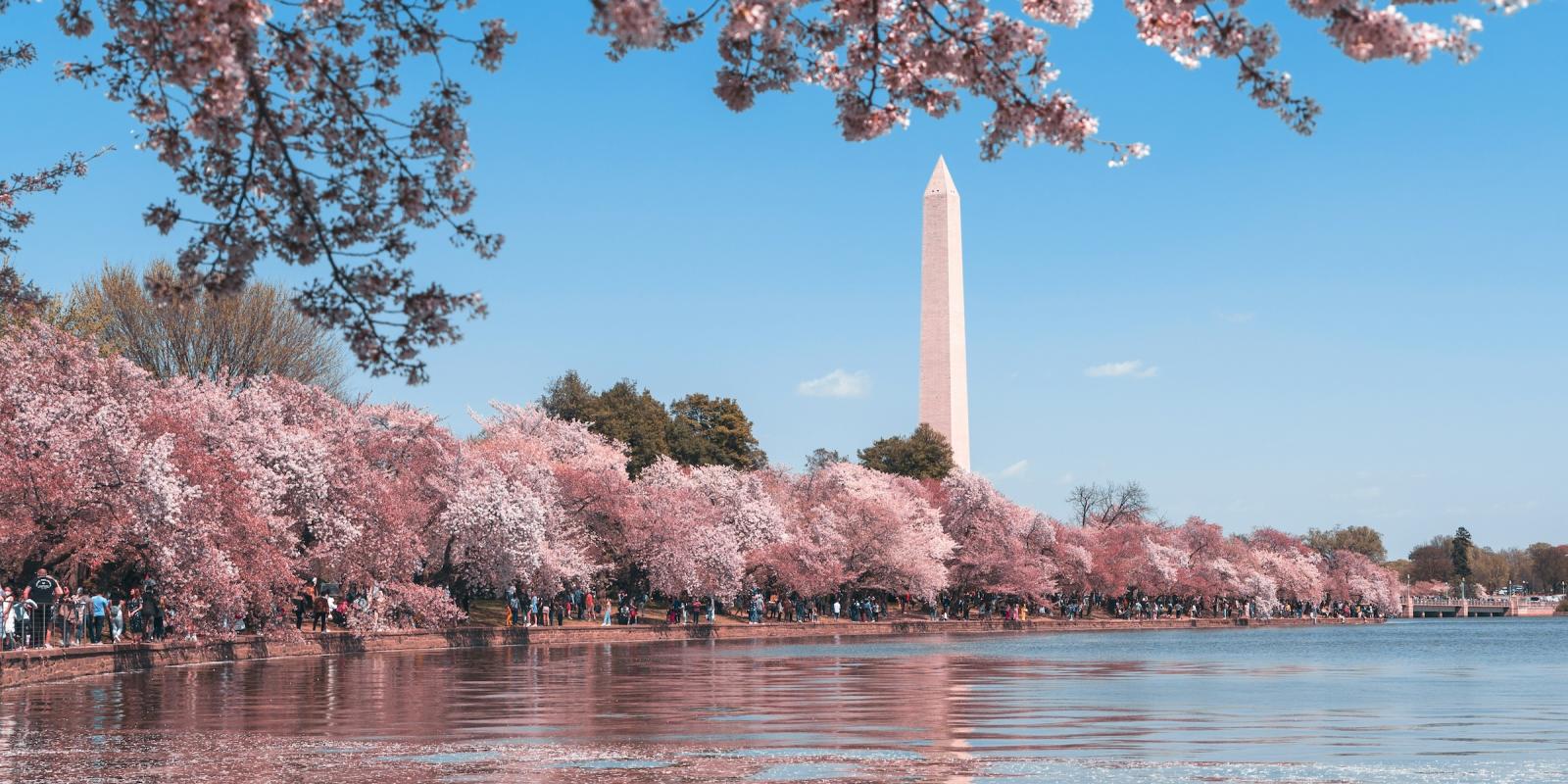For John Richardson, Washington’s influential territorial governor, Alexander Robey “Boss” Shepherd, has been a source of fascination for over 30 years, since the author moved into D.C.’s Shepherd Park neighborhood. Balancing this curiosity with a day job in the CIA and stints overseas meant that progress on the book was slower than Richardson intended. But, the result of his labors is worth the wait for local history enthusiasts. Richardson’s biography, Alexander Robey Shepherd: The Man Who Built the Nation’s Capital (Ohio University Press, 2016) is a thoroughly researched and well-written study of a man who, despite his enormous impact on the District of Columbia, has not gotten the attention he deserves from scholars. Check out our video with the author!
